Induction vs Ceramic Cooktop Buying Guide
Ceramic vs Induction Cooktops Buying Guide
Choosing the Right Cooktop
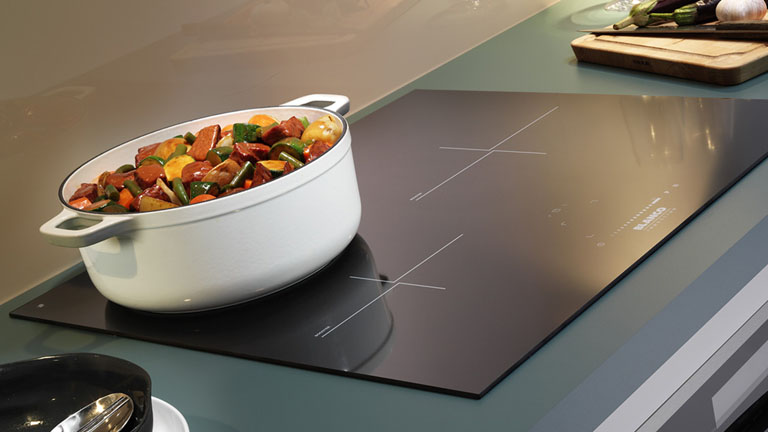
When selecting a cooktop, consider the following key factors.
How They Work
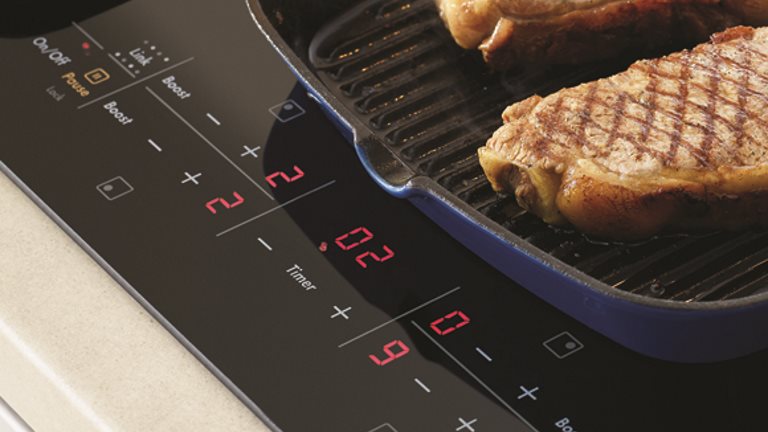
The main difference lies in how heat is generated:
- Ceramic cooktops use metal coils beneath tempered glass, heating the surface and then the pan. However, heat control is less precise as the elements cycle on and off.
- Induction cooktops use high-frequency electromagnets, directly heating the pan without warming the surface.
- Induction is more efficient, heating only the pan and keeping the surface cooler, with residual heat dissipating quickly.
Control
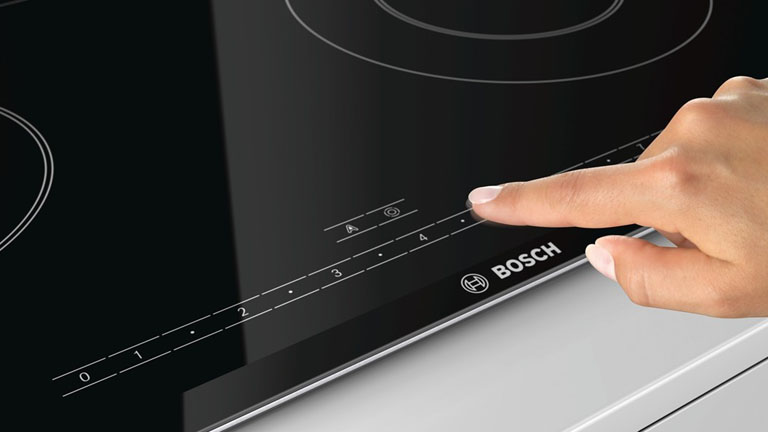
Both cooktop types offer precise control, but key differences exist:
- Touch controls on both types provide sleek design and accurate heat adjustments.
- Features like child locks, timers, and pause buttons enhance usability and safety.
- Induction cooktops respond instantly to heat adjustments, unlike ceramic models that take time to heat up or cool down.
Safety

Safety features reduce the risk of accidents:
- Induction cooktops are safer for homes with children, as the surface stays cool and activates only when a pan is detected.
- Ceramic cooktops retain more heat but often include residual heat indicators for added safety.
- Some models of both types turn off automatically if a spillage occurs or if an empty pan is detected, preventing damage.
Speed

Induction cooktops outpace ceramic ones in heating efficiency:
- Ceramic cooktops are slower as heat transfers from the element to the ceramic surface and then the pan.
- Induction cooktops heat pans instantly through magnetic fields, minimising heat loss and shortening cooking times.
Cleaning

Flat surfaces make cleaning simple:
- Both types feature smooth surfaces, preventing food from getting trapped in crevices.
- Ceramic cooktops may require more effort to clean spills as the heat can bake food onto the surface. Clean spills promptly when safe.
Cookware
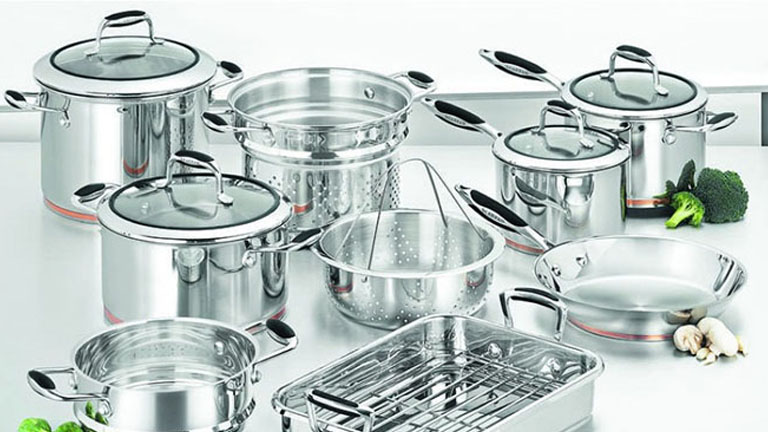
Consider cookware compatibility:
- Ceramic cooktops work with most cookware, but flat-bottomed pans improve performance and efficiency.
- Induction cooktops require magnetic cookware. Test your pots with a magnet or invest in suitable pans like cast iron or flat-bottom woks for optimal results.
Cost
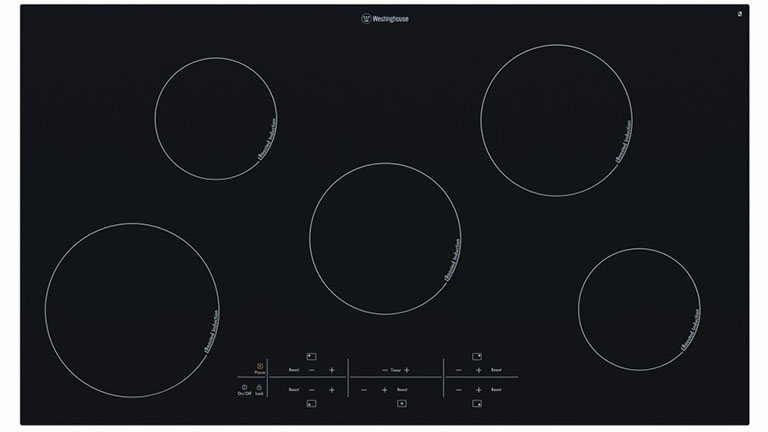
Costs vary based on features and efficiency:
- Ceramic cooktops are generally more affordable upfront.
- Induction cooktops often have higher initial costs but offer better energy efficiency and long-term savings.
- Consult with a specialist to compare power levels, zone layouts, and warranties to find the best fit for your needs.


 Secure Online Shopping
Secure Online Shopping